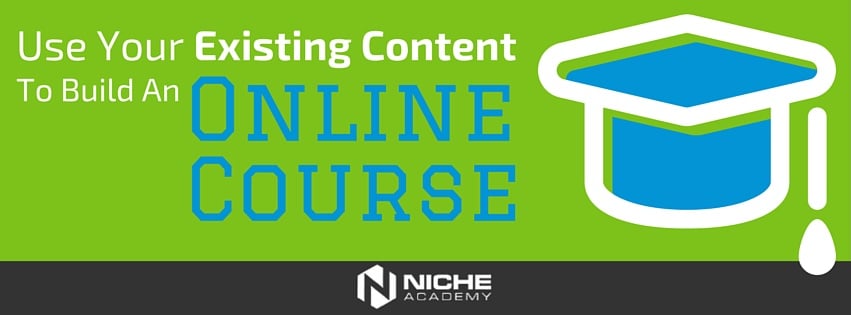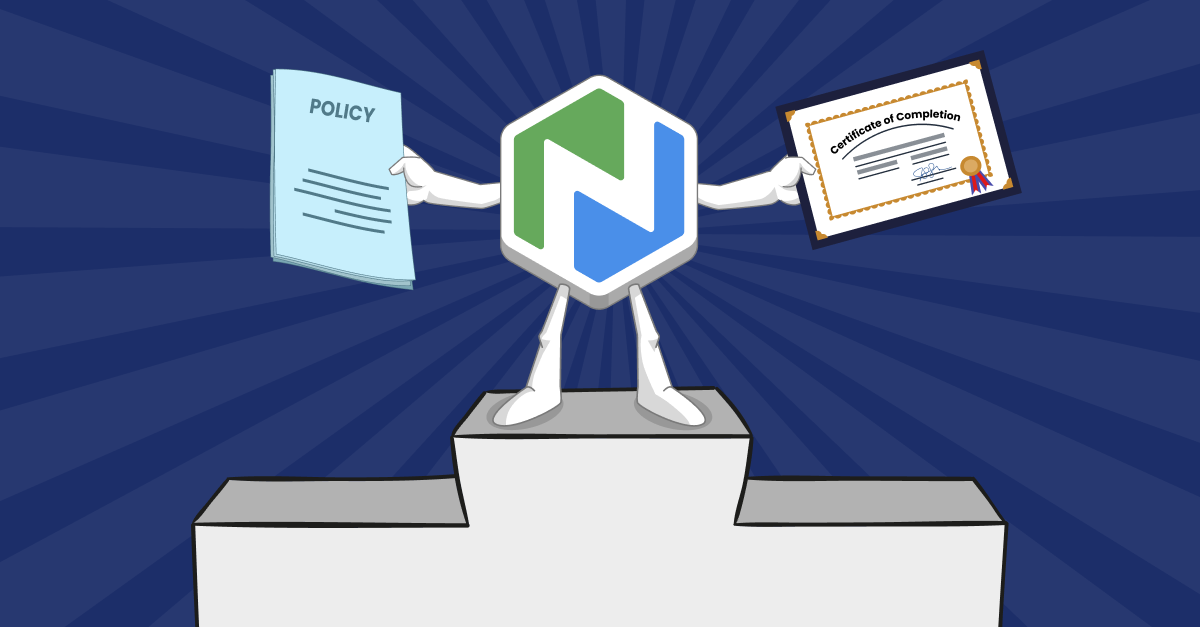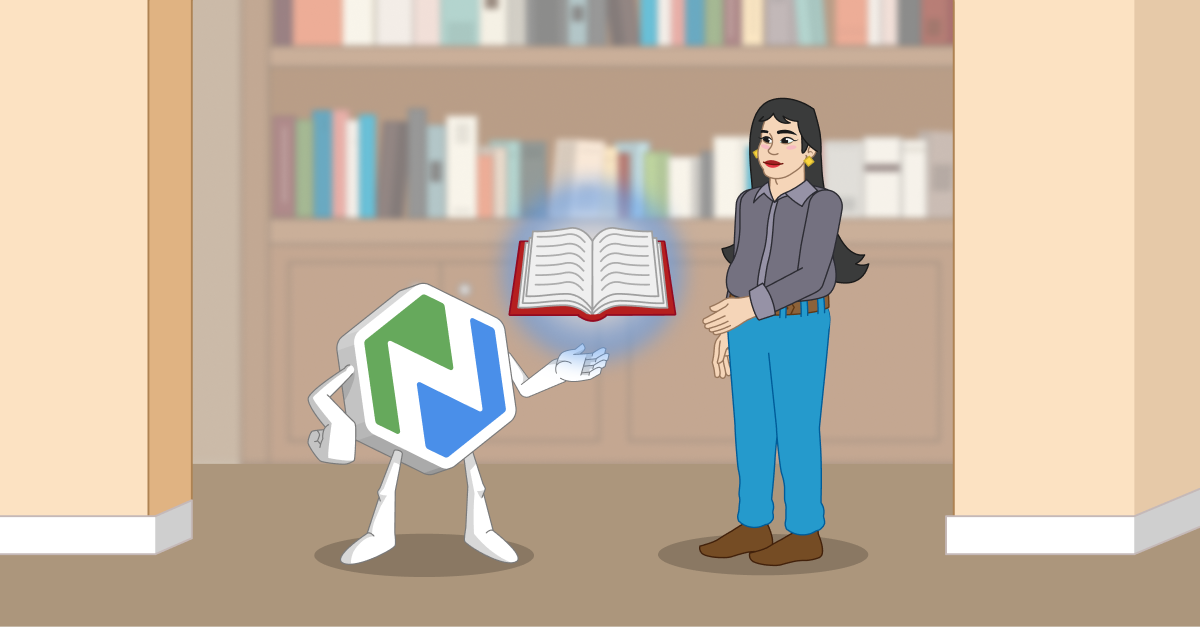Use Your Existing Content to Build an Online Course
So you want to build an online course, but don't know where to start? How about using existing content that you already have? Come see what we mean.

If you are looking to create an online course, there's a good chance you already have material or content you want to use.
This existing material might be:
- PowerPoint presentations
- Blog posts
- eBooks
- Books
- Webinars
- Podcasts
- and other print materials
The question is, how do you translate this material into something that works as an online course?
For many people, it can seem like an overwhelming task. This post recommends 5 steps for building an online course, with guidelines to simplify the process.
1. Start Small
I’m all about big dreams, and I love the way that new course creators see their academies reaching huge new audiences, creating whole new markets, and changing the shape of the world. But it’s always best to start with a very small seed. A single course with just a few lessons will do many things for you including:
- Testing the topic and the focus of your course. Are they resonating with your target audience?
- Confirming or refining your target audience. Are the same people responding that you thought would respond?
- Validating your price point, if you’re charging. Are people willing to pay enough for your course to make this worthwhile for you?
- Working out the kinks in the creation process. What can you do yourself? What pieces will you need someone else to help with?
2. Choose a Specific Audience
Most online courses have more than one group or type of people that are the target audience. Each of those groups or types of potential learners have slightly different motivations and needs. To start small, choose just one of those groups as the audience for your first course.
Example:
3. Define learner objectives
A learner objective is something the learner will be able to do that will prove they have mastered or are making progress towards a learning goal. To be useful, objectives need to be specific and measurable.
Example:
A course on business writing might have the following objectives:
-
- Give an example of the correct usage of “their”, “they’re,” and “there”.
- List three characteristics of a succinct email.
- Define “jargon” and give an example from your workplace.
To identify good learner objectives, ask yourself this very general question:
“What do my learners want to know or be able to do that will lead them to take this course?”
Using your answer to that general question, and the definition of a learning objective from above, identify a set of 3-5 specific objectives that would prove the learner has made progress towards that goal. These objectives will serve to organize your course.
4. Pull in Highlights From Your Existing Material
For each of the objectives you identified above, look through your existing material and find 2 or 3 things that are best suited to teach the learner how to meet the objective. Maybe it’s a:
- Segment from a podcast
- Few paragraphs from a blog
- Lab exercise that will let them learn by doing
Having a few different approaches to the same material is a good thing. Repetition helps learning. Also, varied material has a better chance of accommodating different learning styles.
The temptation for new course creators is usually to just repackage existing material--take that powerpoint, upload it to the course, and call it lesson #1. This approach won’t usually create satisfying learner experiences. Keep in mind that the payoff for most online learners is the ability to use new knowledge and new skills.
5. Finally, Add Assessments
Tests tend to have a bad rap from our collective experience in formal schooling. A curious thing happens, though, when a learner is taking a course because there’s something new they want to know. A test becomes the answer to the question, did I get it?
In the context of self-driven adult education, assessments become just one more learning tool, a way to identify gaps and reinforce what was learned. Assessments are also really useful as a way to start a lesson or a course. They provide a quick way for a learner to see how much they know already and to frame the ideas to be presented. Good assessments tend to feel a bit like Trivial Pursuit.
I hope this post helped you think about how you could build an online course using your existing content. If you have anything to add, I would love to hear from you in the comments below.

.png)
.png)
.png)

.png)
.png)
.png)

.png)
.png)

.png)